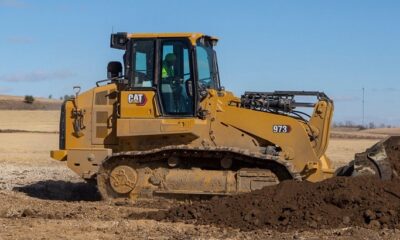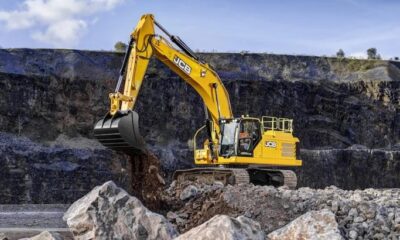Heavy Equipment
The 7 Most Popular Construction Lifts
Detailed list of popular types of construction lifts.
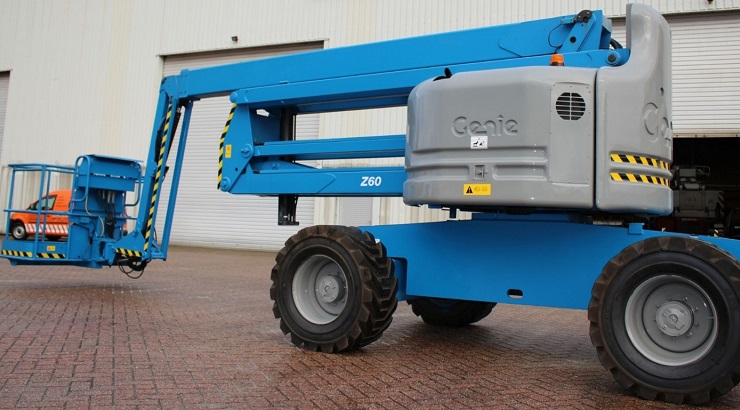
Construction lifts are powerful aerial platforms that help workers to reach high elevations.
With many different types of lifts for construction to choose from, it is easy to make the wrong choice when you do not understand the functionality of each available option.
To help you out, here is an overview of the various types of construction lifts.
1. Articulating Boom Lifts
Also known as knuckle lifts due to the shape of their arm, articulated boom lifts are aerial platforms with a jointed arm and a work platform that reaches elevated job sites.
The base of arm is attached to a turntable that allows it to bend in various directions. This enables the lift to move around obstacles and move workers to otherwise impossible areas.
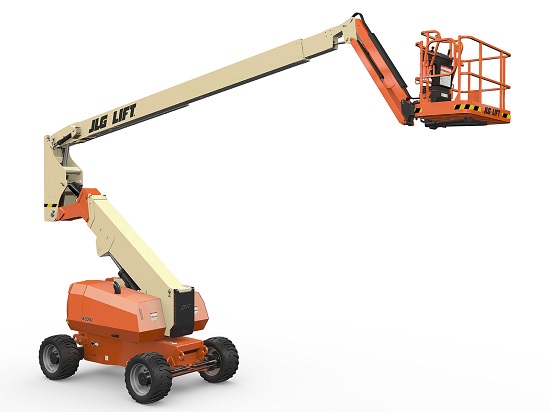
With a maximum lift height of 130 feet, articulated boom lifts are mainly used for exterior cleaning, maintenance tasks, as well as piping and electrical repairs.
2. Telescopic Boom Lifts
A telescopic boom lift is an aerial platform attached to a long extendable arm that moves up, forward, and down – allowing a worker to access very high elevations.
Unlike articulated boom lifts, telescopic boom lifts are fitted with small buckets that can only hold one worker at a time. They are ideal for tasks that can be done by one person.
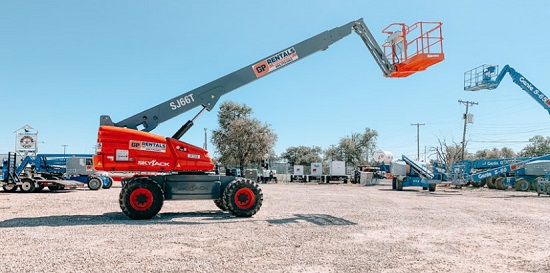
At a maximum lift height of 180 feet, telescopic boom lifts can reach the highest elevation when compared with all the other types of construction lifts.
3. Towable Boom Lifts
Designed to be transported easily, towable boom lifts are best suited for projects that require conveyance of equipment from one site to another.
These types of lifts are usually fitted with arms that function just like those of telescopic boom lifts, except that their arms do not bend.
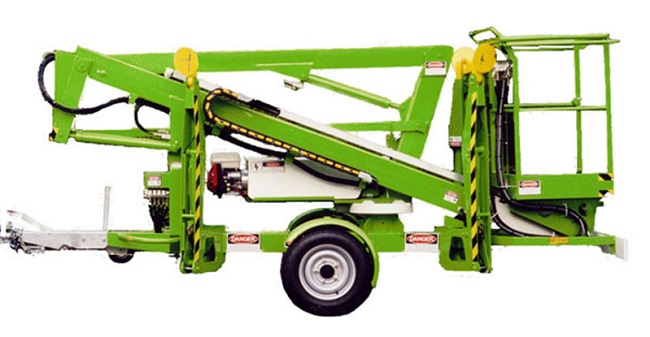
Drawback: Towable boom lifts have lower weight and height (50 ft) capacities.
4. Bucket Trucks
Also known as cherry pickers, bucket trucks are truck-mounted aerial platforms attached to a hydraulic crane.
They are commonly used to help workers to access utility lines or to pick fruits in orchards.
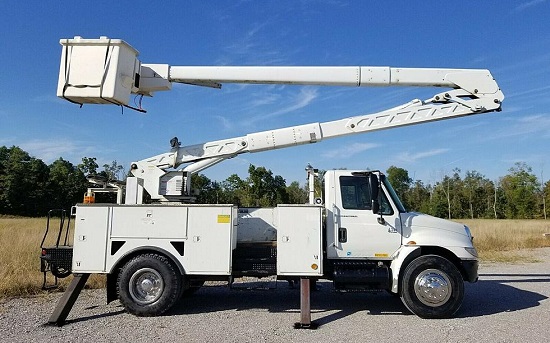
Bucket trucks are also used for installation of lights and warehouse racks as well as maintenance works that require workers to reach elevated sites.
They have a maximum lift height of 160 feet.
Bucket trucks can be transported easily and quickly since they are attached to wheeled vehicles that can be driven at top speeds on highways.
RELATED: 12 Types of Cranes Used in Construction Sites
5. Rough Terrain Scissor Lifts
These types of lifts belong to the scissor lifts family. Rough terrain scissor lifts are fitted with heavy-duty tires to operate in exterior settings and rugged conditions.
They operate on all types of terrains, including sites with uneven surfaces.
Rough terrain scissor lifts are designed to move only up and down – with a maximum lift height of 60 feet. Although their lift height is lower than that of boom lifts, rough terrain scissor lifts are fitted with wider platforms with a larger weight capacity of 2,500 lbs.
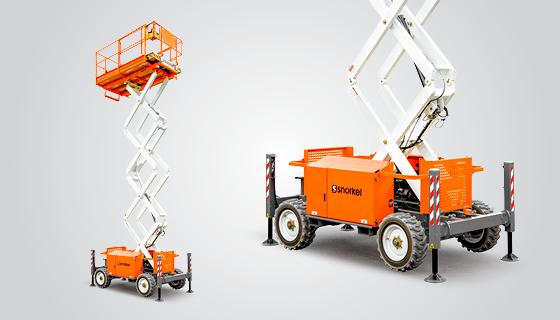
6. Electric Slab Scissor Lifts
Electric slab scissor lifts are large types of construction lift with wide aerial platforms stayed by cross-brace supports. They can only move up and down and must therefore be placed directly below the work area.
With a maximum lift height of 60 feet, electric slab scissor lifts are suitable for cladding installation, window cleaning and installation, as well as exterior repairs of a building.
7. Vertical Mast Lifts
Vertical mast lifts are aerial types of construction lift designed to help workers reach elevated sites in tight spaces.
They can only move up and down, which enables them to function in very narrow spaces.
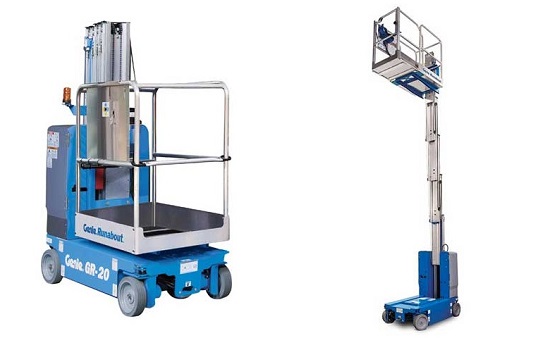
Vertical mast lifts come with a platform that can hold two or more workers.
One of the biggest advantages of these lifts is their ease of transportation. However, their maximum lift height is often less than 30 feet – way below that of scissor lifts and boom lifts.







